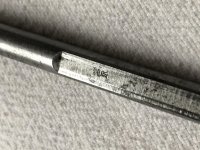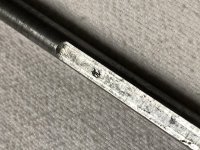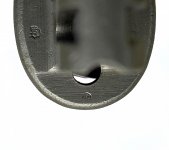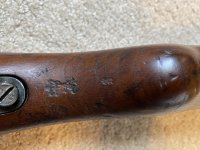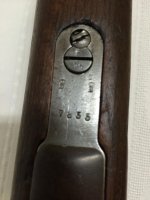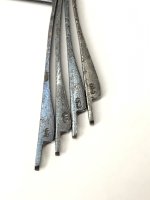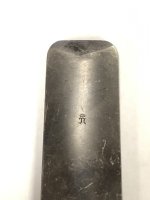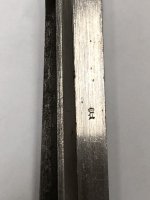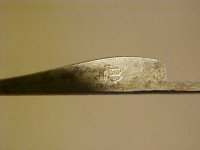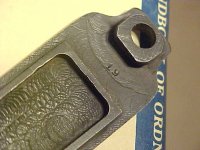PrayingMantis
Senior Member
Recently had a discussion about armorers parts. Apparently most were made by Spandau and WMO. I’ve been photographing what I have and attempting to identify them by known acceptance.
Here are what I believe are Spandau, most have c/N, c/W), and c/T acceptance. Observed on floorplates, followers, triggerguards, band springs, bolt bodies, shrouds, cocking pieces, safeties, cocking pieces, and firing pins.
Here are what I believe are Spandau, most have c/N, c/W), and c/T acceptance. Observed on floorplates, followers, triggerguards, band springs, bolt bodies, shrouds, cocking pieces, safeties, cocking pieces, and firing pins.
Attachments
-
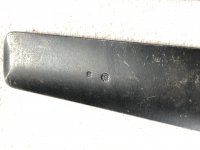 A0345089-B8F6-4614-876B-1D1D34BAD19A.jpg342 KB · Views: 40
A0345089-B8F6-4614-876B-1D1D34BAD19A.jpg342 KB · Views: 40 -
 079C050C-6AB0-40AA-8C37-5A6B9FEC4407.jpg372.9 KB · Views: 28
079C050C-6AB0-40AA-8C37-5A6B9FEC4407.jpg372.9 KB · Views: 28 -
 350096B9-C15A-49E6-8BF4-F70FA3D8CF92.jpg395.5 KB · Views: 27
350096B9-C15A-49E6-8BF4-F70FA3D8CF92.jpg395.5 KB · Views: 27 -
 B3772BA2-43D9-4AE7-9E02-C8C184733D3B.jpg376.5 KB · Views: 25
B3772BA2-43D9-4AE7-9E02-C8C184733D3B.jpg376.5 KB · Views: 25 -
 DA362E4B-979F-40B9-BEE3-21F12B99851D.jpg355.5 KB · Views: 29
DA362E4B-979F-40B9-BEE3-21F12B99851D.jpg355.5 KB · Views: 29 -
 2F465996-0297-431D-90BA-F3F92F0D9E19.jpg339.4 KB · Views: 21
2F465996-0297-431D-90BA-F3F92F0D9E19.jpg339.4 KB · Views: 21 -
 8F69C9AE-5E86-4260-9D24-B2BFF31B0067.jpg378.7 KB · Views: 20
8F69C9AE-5E86-4260-9D24-B2BFF31B0067.jpg378.7 KB · Views: 20 -
 30CDA3B7-3E0E-49BD-8A75-CDE3E1C36462.jpg375.4 KB · Views: 20
30CDA3B7-3E0E-49BD-8A75-CDE3E1C36462.jpg375.4 KB · Views: 20 -
 54DA19E4-16A7-4CF1-A53B-789A5FEEDC69.jpg349.8 KB · Views: 24
54DA19E4-16A7-4CF1-A53B-789A5FEEDC69.jpg349.8 KB · Views: 24 -
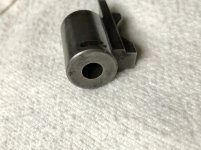 BAED7E76-7057-499B-907B-B82586887FED.jpg337.1 KB · Views: 19
BAED7E76-7057-499B-907B-B82586887FED.jpg337.1 KB · Views: 19
Last edited:



